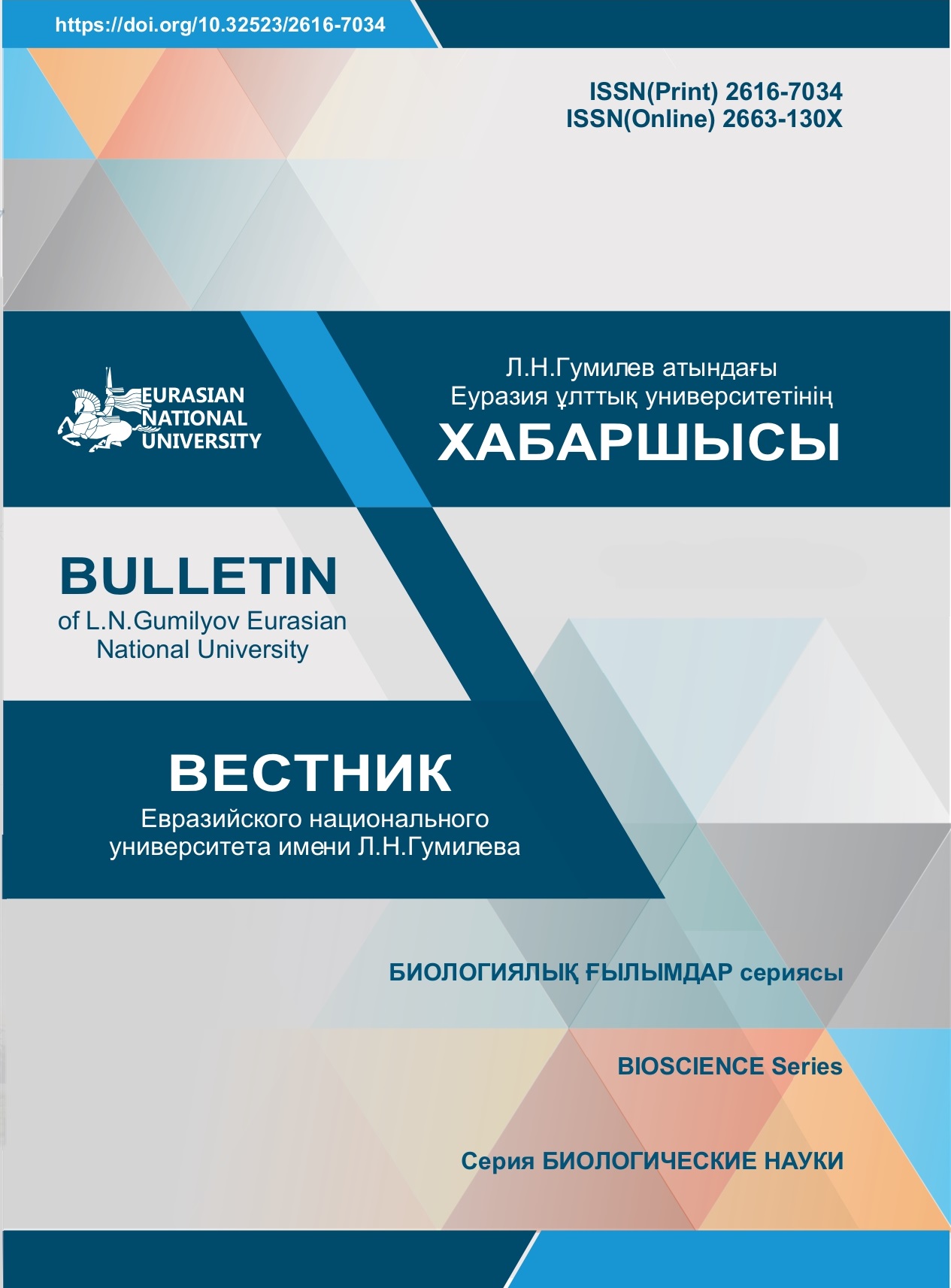The state of soil pollution by geohelminths of the Almaty district of Nur-Sultan
Views: 337 / PDF downloads: 250
Abstract
The work on determining the main sources of soil pollution in the city, the species composition, the number of pollutants, and assessing their impact on the environment and public health is one of the problems that have not yet been solved in our country. The increase in anthropogenic load on the soil of the city, the accumulation of particularly dangerous untreated substances, the coating of the soil surface with a waterproof layer provoke a violation of the structure and composition of the soils of the city. The article presents an overview of scientific papers on the course and relevance of the study of helminths living on urban soils in general, their species composition, conditions and features of distribution, life cycle. It is proved that soil pollution, which is the main factor in the spread of infectious invasive diseases among animals and humans, has a negative impact on the quality of feed, food products, indicators of underground and surface water reserves, atmospheric air. Examples are given on the state of chemical, biological, and microbiological pollution of the city's soils, sources of pollution, and the relevance of scientific research on the impact of contaminated soils on the environment. This scientific direction describes the course of research in the world, the country. The article also analyzes the results of studies conducted on the state of soil pollution by helminths of the Almaty district of Nur-Sultan. During the study, there were taken soil samples from five points for four seasons of the year (Romanenko's mixed-method), which have various possibilities of infection with helminths in the Almaty district of Nur-Sultan. As a result of the study, there were determined the species composition and abundance (42) of helminth eggs (acute worm - Enterobius vermicularis), giardia duodenalis, and ascarids - Ascarididae). The degree of danger to the environment was assessed by the frequency of occurrence of helminth eggs found in the soil.








